The long days of the middle of the year coincide with the peak of the breeding season for many birds raising young. Just about all the ‘summer migrants’ are with us, though, and there are plenty of birds to enjoy. Here are five crackers.
Spotted Crake
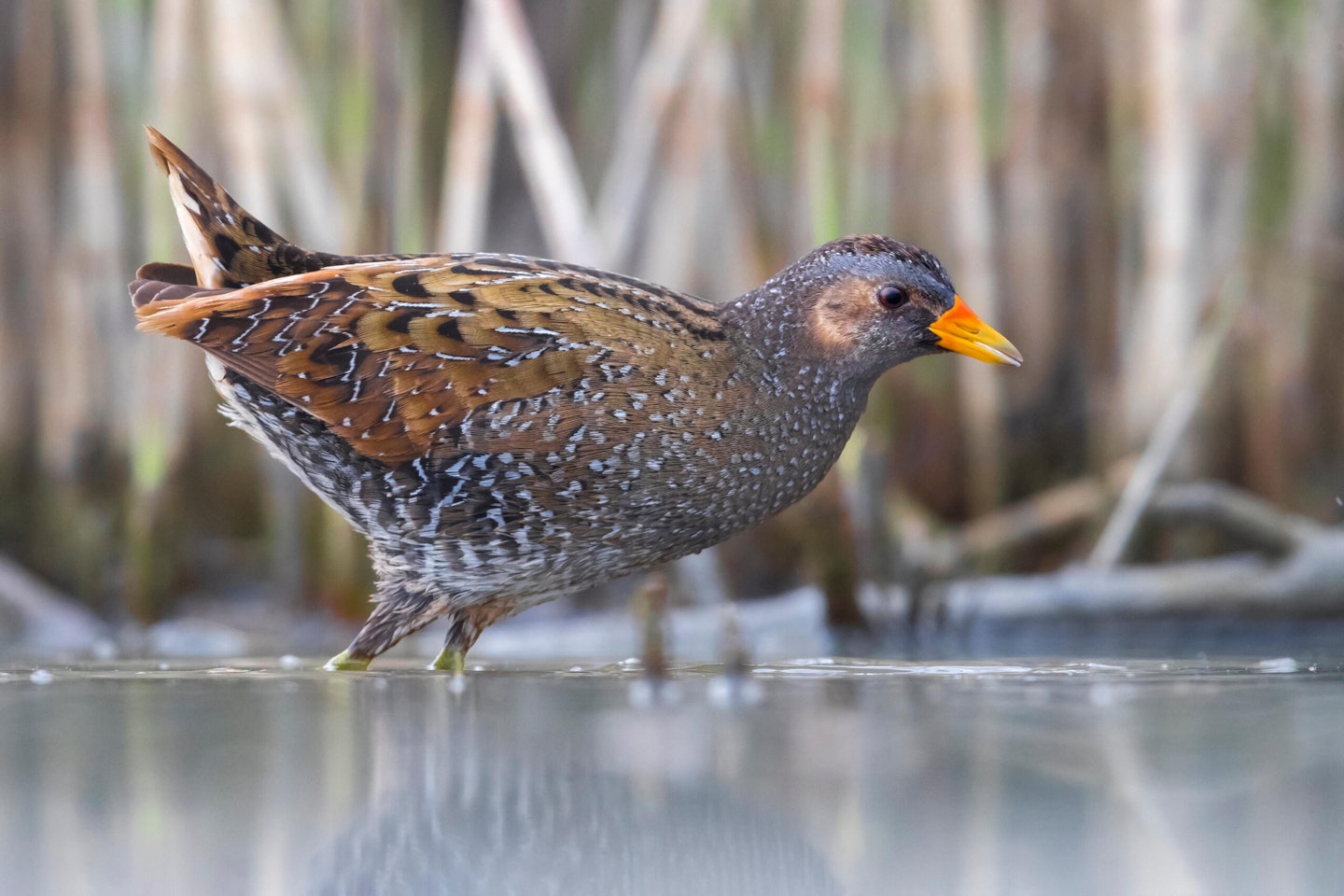
A regular, widely distributed, but rare breeding bird (30 or so singing males) in the UK, the main reason we know that these small crakes nest here at all is that the males are loud! They are tiddly little things for water birds, only about the size of a Starling and wading about under cover along reedy ditches and through marshes, concealed by vegetation. Add to that that they are pretty nocturnal in their activities, and you can understand why this is a bird rarely seen. After (often long after) sundown, in late spring and summer, males shout out a far-carrying single, repeated “wip… wip… wip…” ‘song’, a bit like one note of a Quail’s ‘wet-my-lips’ but turned up to 11 and beyond.
Nightjar
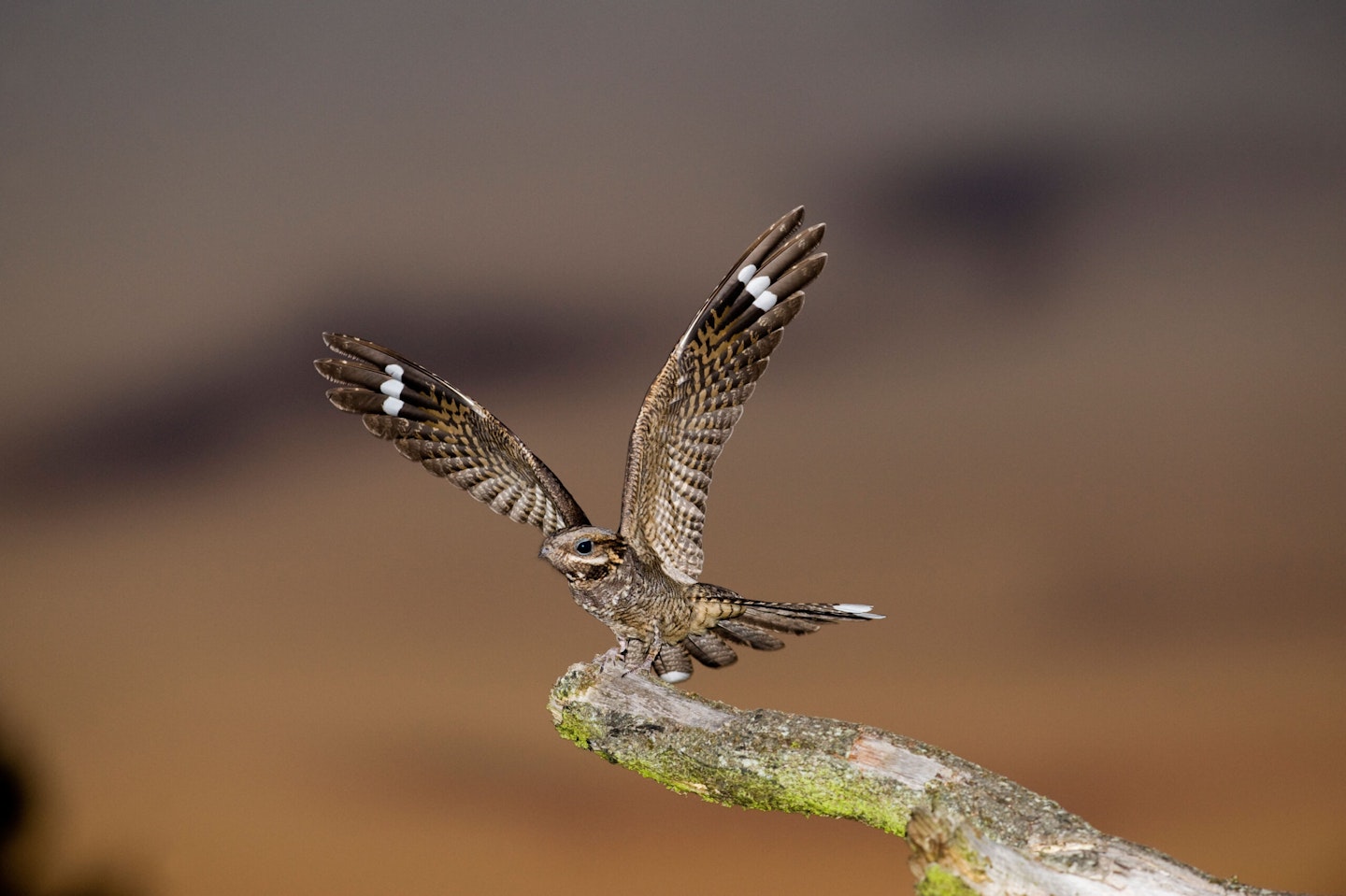
The Nightjar is like no other regular British bird. The size of a small falcon, it sits still on a branch, log or on the ground wrapped in the most wonderful cryptically patterned plumage, so it can ‘hide in plain sight’ and still look like a branch. After sunset, Nightjars wake up and just when you think it is too dark to see them, they start to perform. Usually the astonishing, prolonged ‘churr’ song of the male is the first sign (subtly changing pitch as the bird breathes). Then you may hear the ‘crewick’ call, or perhaps see the first buoyant, long-winged, long-tailed, magically floating bird of the night. They may be chasing each other (males have white wing patches and tail corners which females lack) or ‘wing clapping’, or just chasing moths. These are birds of heathland and selected woodland edges.
Green Sandpiper
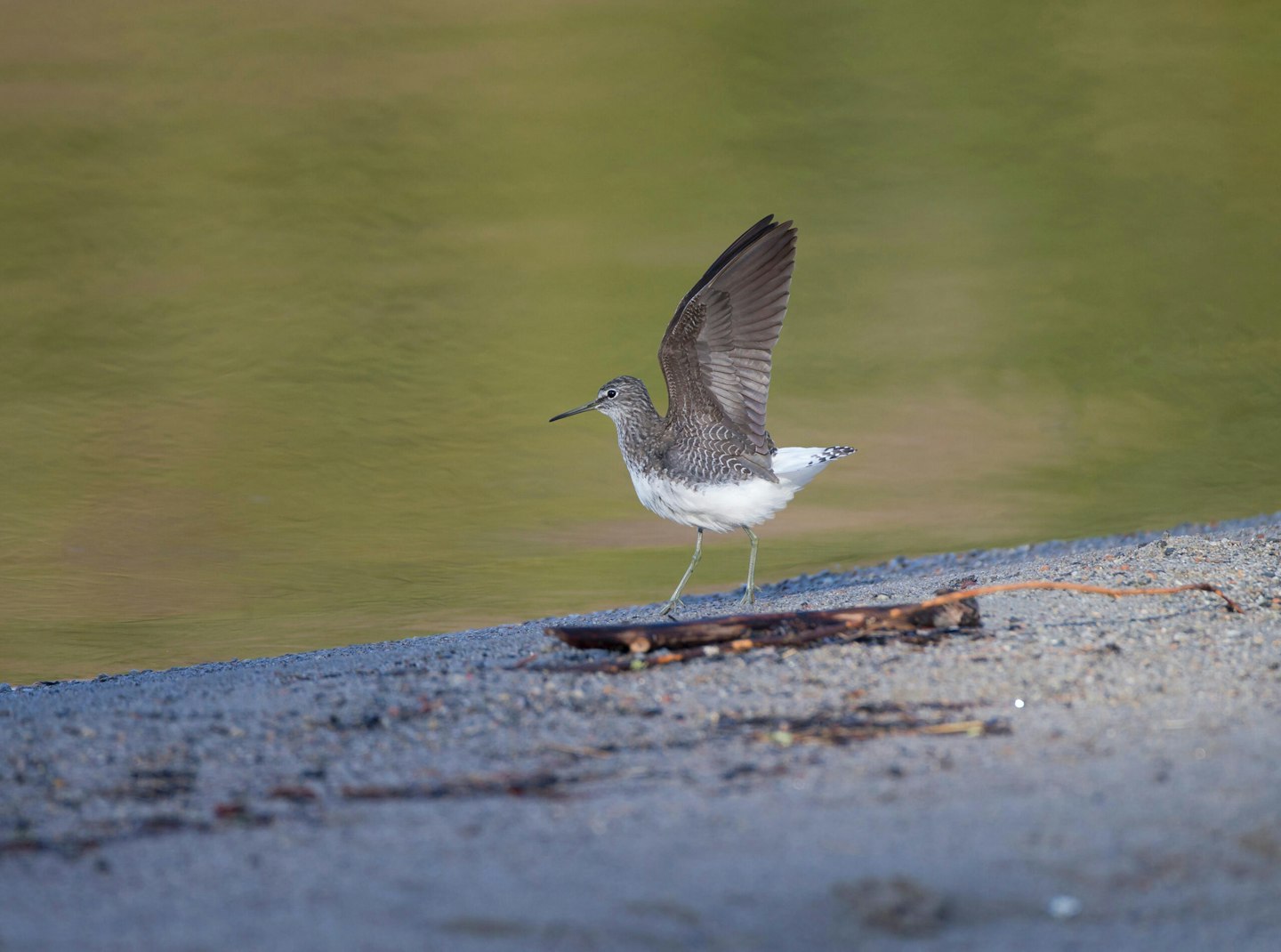
There may be a couple of pairs of breeding Green Sandpiper in the country, but these are essentially birds which pass through (and winter) in the UK, in smallish numbers. They are largely birds of freshwater, seen along ditch edges, around gravel pits and so on. A little larger, darker and shorter tailed than the Common Sandpiper, Greens look distinctly pied, with a striking square white rump and an even more striking blackish underwing. Green Sandpipers are a bit wary and often zigzag off shouting its piercing ‘hoootweetweet’ call before you spy them. The first ‘returning’ Green Sandpipers appear in June, presumably failed breeders.
Dipper
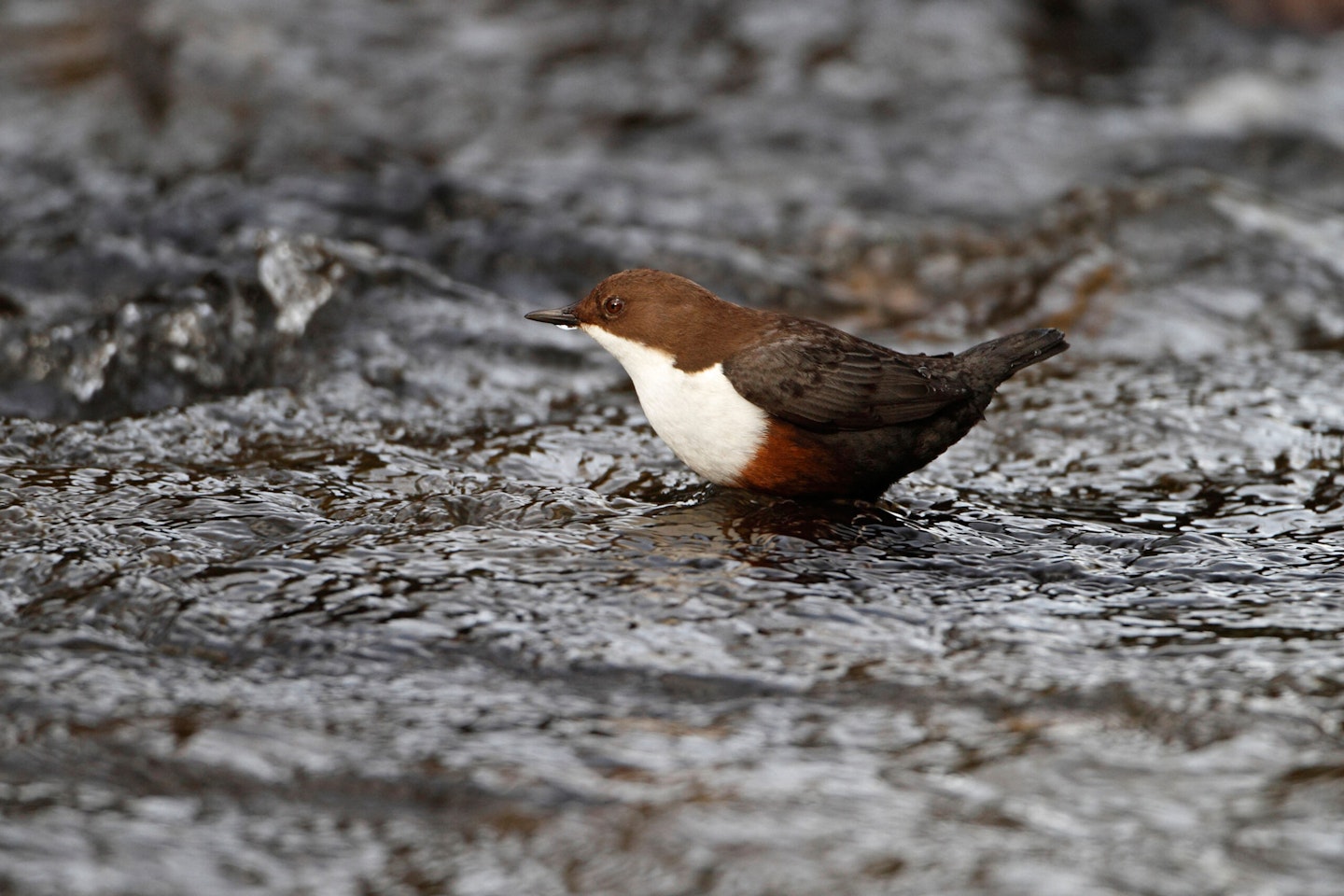
There are many birds which everybody loves. And the Dipper is definitely one of them. Looking like a giant, black-and-white Wren, they are rightly renowned for their fascinating and unique (in a British context) behaviour. These are passerines that happily and readily swim underwater. Moreover, they do it in fast-flowing rocky streams where it seems particularly risky even to wade! Dippers are birds of fast flowing shallow rivers and streams, so it is best to search for them there!
Wood Lark
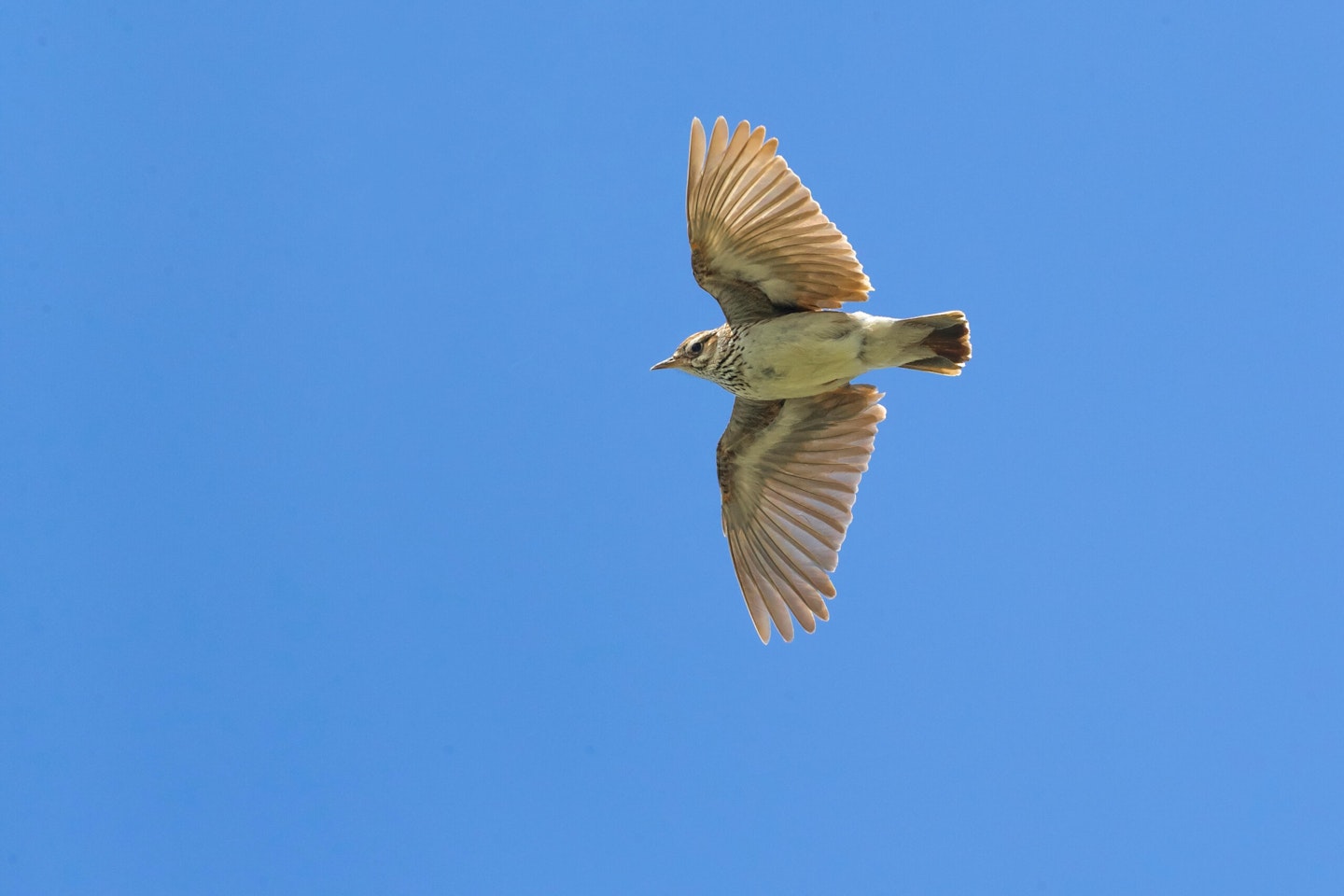
The charming, broad-winged, short-tailed Wood Lark is a breeding bird more or less restricted to heathlands and such-like habitats, almost all of which are in England. Part of the charm is the exceptionally fine song, a series of descending, fluty ‘lulululu’ notes sung from the top of a tree or in a short looping song-flight.
